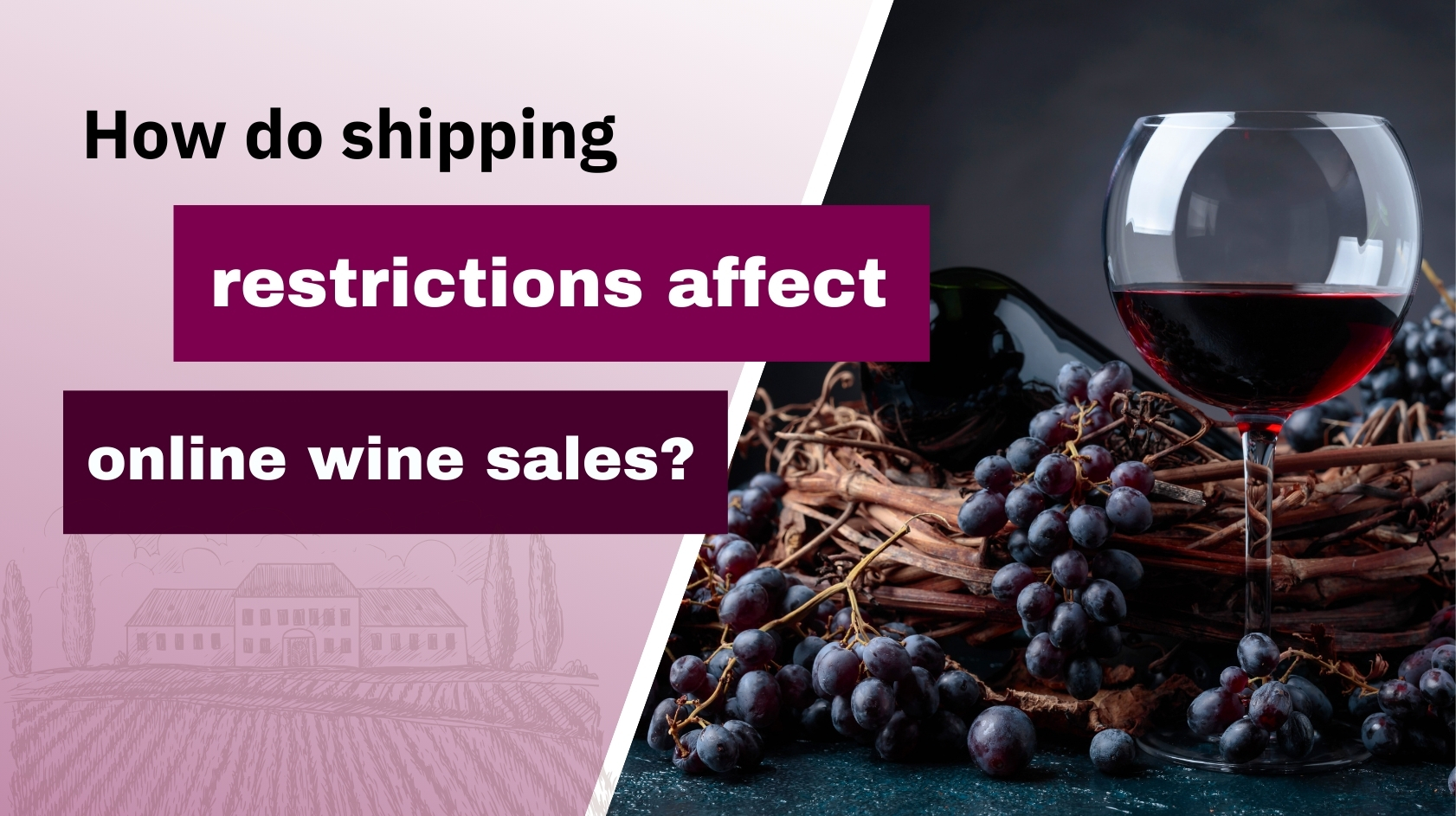How Shipping Restrictions Are Hurting Online Wine Sales

Why Shipping Rules Matter So Much in Wine Sales
Selling wine online should be easy. But it isn’t.
Wineries have to deal with a maze of laws, shipping rules, and packaging problems just to get a bottle from the vineyard to someone’s doorstep. These challenges hurt sales, raise prices, and leave customers feeling frustrated.
Let’s break down the biggest problems—and show how wineries can work around them to sell more wine online.
Regulatory Hurdles: Different Rules Everywhere
U.S. State-by-State Shipping Laws
In the U.S., every state sets its own wine shipping rules. Some states won’t allow any wine to be shipped in. Others let only in-state wineries ship. Some limit how many bottles one person can get each year.
To follow these rules, a winery needs:
A federal permit
A license for each state it ships to
Knowledge of every state’s taxes and shipping rules
This is hard for small wineries. Many can’t afford the time or cost, so they skip online sales altogether. That means fewer choices for consumers.
International Tariffs and Customs
Selling wine across borders adds more layers of trouble. Wineries must:
Pay taxes (like VAT)
Meet local labeling laws
Deal with surprise tariffs (like the recent threat of 200% tariffs on EU wines)
These rules cause delays, higher costs, and even canceled shipments. Customers pay more or can’t get the wines they want.
Logistics: Tough Shipping Conditions
Carrier Restrictions and Packaging Costs
Some carriers won’t ship wine at all. For example, USPS doesn’t allow wine shipping. UPS and FedEx do—but only if wineries join special programs and follow strict packaging rules.
Wine must be shipped in special boxes that protect bottles and control temperature. These boxes cost more, and if only one or two bottles are shipped, it’s hard for the winery to make money.
Age Checks and Delivery Problems
The law says only adults can buy and receive wine. Wineries must:
Check the buyer’s age online
Make sure someone 21+ signs when the wine is delivered
This often leads to failed deliveries—no one home, no adult to sign—and the wine gets sent back. That adds costs and upsets customers.
Economic and Consumer Impact: Sales Drop and Prices Rise
Fewer Shipments, Especially for Cheaper Wines
More expensive wines are still selling online. But wines under $40 have taken a hit. In 2024, shipments of these wines dropped 15%. Why?
People face:
Long shipping times
Extra fees
States that don’t allow delivery
So they give up or buy at a local store instead.
Higher Prices, Lower Margins
Shipping wine is expensive. Wineries have to pay for licenses, software, packaging, and more. They either raise prices or accept lower profits.
This makes online wine less competitive—especially when big retailers can ship faster and cheaper.
Frustrated Customers Hurt Brands
When customers run into shipping problems, they might leave bad reviews, stop buying, or tell friends to stay away. That damages a winery’s reputation.
Being open and clear about where and how you ship can help avoid this.
Smart Ways Wineries Can Overcome Shipping Problems
Use Compliance Software
Special software can track which states you can ship to, handle tax forms, and make sure your licenses are up to date. This saves time and cuts down on mistakes.
Show Clear Shipping Info on Your Website
Add a map showing where you ship. List shipping fees and estimated delivery times. Post clear answers to common questions.
When customers know what to expect, they’re more likely to complete their purchase.
Work with Specialized Carriers
Some delivery services focus on alcohol. They understand the rules, offer better rates, and use temperature-safe transport. Shipping by the case can lower costs per bottle.
Offer Wine Clubs and Subscriptions
Subscriptions spread out shipping costs and reduce the need for frequent deliveries. Customers get regular wine deliveries, and wineries get steady income.
Use More Fulfillment Centers
If you ship from warehouses in different states, you might avoid restrictions in certain areas. This also helps speed up deliveries and lower taxes.
Run Promotions to Offset Costs
Offer deals like “Free Shipping on 6 Bottles” or discounts during holidays. This encourages customers to buy more and feel better about shipping fees.










